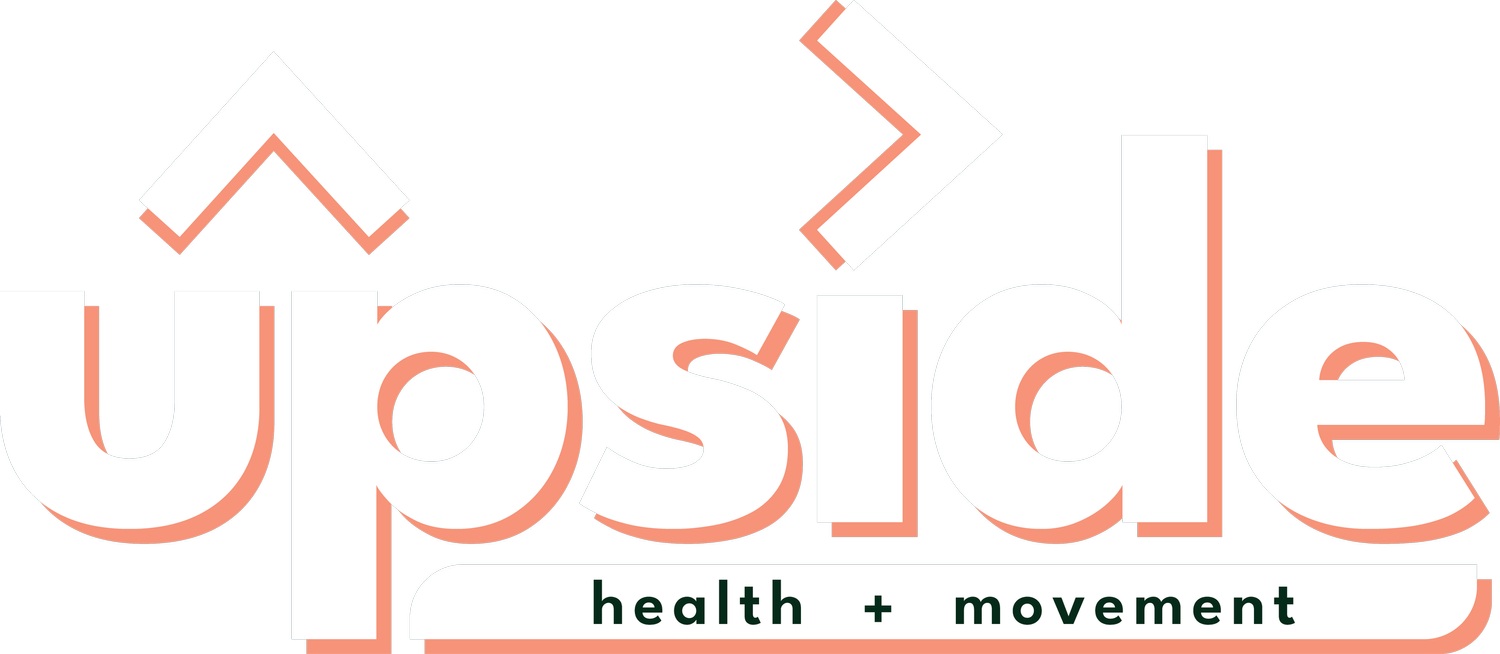Pain Profile: Achilles Tendinopathy
Achilles tendinopathy is a common cause of heel pain, often misunderstood and misdiagnosed. In the past, it might have been attributed solely to inflammation, but recent research has highlighted the degenerative nature of this condition. This blog aims to provide a comprehensive understanding of Achilles tendinopathy, including its mechanisms of injury, signs and symptoms, predisposing risk factors, differential diagnosis, and effective treatment and rehabilitation strategies.
Mechanism of Injury:
The Achilles tendon, the largest tendon in the human body, connects the calf muscles to the heel bone. Mechanical loading within this tendon is a key factor in the development of Achilles tendinopathy. The tendons undergo change at a cellular level when subjected to a constant load, especially during activities where the muscle is active and being lengthened simultaneously. Gradual increases in load with adequate rest allow the tendons to adapt, but a sudden, intense increase in load can lead to tendinopathy. Reduced loading combined with compression can also contribute to symptoms, as compression and decreased stress on the tendon may lead to collagen fibre breakdown, predisposing the tendon to injury under lower loads.
Achilles tendinopathy, if left unaddressed, may lead to a worst-case scenario of Achilles tendon rupture, characterized by sudden, severe pain and difficulty walking with a snapping or popping sound often heard. This rupture is often associated with a weakened tendon structure due to chronic degeneration. Prompt medical intervention, including immobilization and, in some cases, surgical repair, is crucial for addressing a complete Achilles tendon rupture. Recognizing and treating Achilles tendinopathy early is essential to mitigate the risk of progression to more severe complications like tendon rupture.
Signs and Symptoms:
Pain and tenderness at the back of the heel, particularly around the Achilles tendon.
Moderate to severe pain, especially during activities like walking, running, or climbing stairs.
Pain may radiate up the calf or into the foot.
Morning pain and stiffness, with discomfort during the initial steps.
Pain worsens with activity and may improve with rest.
Swelling and thickening of the tendon may be observed in some cases.
Predisposing Risk Factors:
Several factors can increase the risk of developing Achilles tendinopathy:
Age & Gender: It is more prevalent in middle-aged individuals, with males being slightly more affected.
Overuse: Introduction of new or increased physical activities without adequate conditioning.
Biomechanics: Running with improper foot alignment, excessive pronation, or abnormal gait patterns.
Footwear: Wearing inappropriate or worn-out shoes during physical activities.
Tight Calf Muscles: Lack of flexibility in the calf muscles can contribute to increased strain on the Achilles tendon.
Obesity: Excess body weight increases the load on the Achilles tendon during weight-bearing activities.
Previous Injury: A history of Achilles tendon injuries or improper rehabilitation.
One systematic review looked into the effects of ankle instability and it’s role in lower limb injuries. It found that those with a history of ankle injuries without adequate rehabiliation of their peroneal muscles had an increased risk of lower leg and knee injuries.
Systemic Conditions: Certain medical conditions, such as diabetes or arthritis, can affect tendon health.
Differential Diagnosis:
It's essential to differentiate Achilles tendinopathy from other conditions with similar symptoms:
Calf Strain: Injuries to the muscles of the calf can cause pain similar to Achilles tendinopathy.
Plantar Fasciitis: Inflammation of the tissue on the bottom of the foot may cause heel pain.
Stress Fractures: Microscopic cracks in the heel bone can result in pain during weight-bearing activities.
Treatment and Rehabilitation:
The first step in managing Achilles tendinopathy is educating the patient about the condition and its contributing factors. Treatment strategies include:
Load Management: Gradual progression of activity to avoid sudden load increases.
Strengthening Exercises: Targeting the calf muscles and eccentric exercises to improve tendon resilience.
Massage and Soft Tissue Mobilization: Manual therapy techniques such as massage, myofascial release, and joint mobilization to address muscle tension, improve joint mobility, and enhance overall soft tissue health.
Stretching: Gentle stretching to maintain flexibility and reduce muscle tightness.
Footwear Modification: Choosing supportive footwear and avoiding high heels.
Orthotics: Insoles to correct biomechanical issues.
Icing: Application of ice to reduce inflammation.
Anti-inflammatory Medications: Non-steroidal anti-inflammatory drugs (NSAIDs) may provide short-term relief.
Shockwave Therapy: Acoustic waves to stimulate tissue regeneration and reduce inflammation (Ref 3)
Recovery time varies among individuals, depending on factors such as severity and compliance with rehabilitation. Corticosteroid injections may offer short-term relief but are not administered for Achilles tendinopathy due to concerns about long-term efficacy.
Research Notes:
Ref 2: A combination of eccentric exercises and soft tissue therapy were found have the best results for short term pain (Low quality). Limitations of the study noted that most participants were sedentary women while middle-aged, male, recreational athletes are the highest risk demographic.
Conclusion:
Achilles tendinopathy can significantly impact daily activities, but with proper understanding, management, and rehabilitation, individuals can recover and return to an active lifestyle. If you suspect Achilles tendinopathy, seeking professional guidance can help initiate an effective treatment plan tailored to your specific needs. Remember, a comprehensive approach addressing the root causes is crucial for a successful recovery.
References:
Jeon, H. G., Lee, S. Y., Park, S. E., & Ha, S. (2021). Ankle Instability Patients Exhibit Altered Muscle Activation of Lower Extremity and Ground Reaction Force during Landing: A Systematic Review and Meta-Analysis. Journal of sports science & medicine, 20(2), 373–390.
https://doi.org/10.52082/jssm.2021.373
Ko, V. M. C., Cao, M., Qiu, J., et al. (2023). Comparative short-term effectiveness of non-surgical treatments for insertional Achilles tendinopathy: A systematic review and network meta-analysis. BMC Musculoskeletal Disorders, 24, 102.
https://bmcmusculoskeletdisord.biomedcentral.com/articles/10.1186/s12891-023-06170-x
Sussmilch-Leitch, S. P., Collins, N. J., Bialocerkowski, A. E., et al. (2012). Physical therapies for Achilles tendinopathy: systematic review and meta-analysis. Journal of Foot and Ankle Research, 5, 15.
https://doi.org/10.1186/1757-1146-5-15


